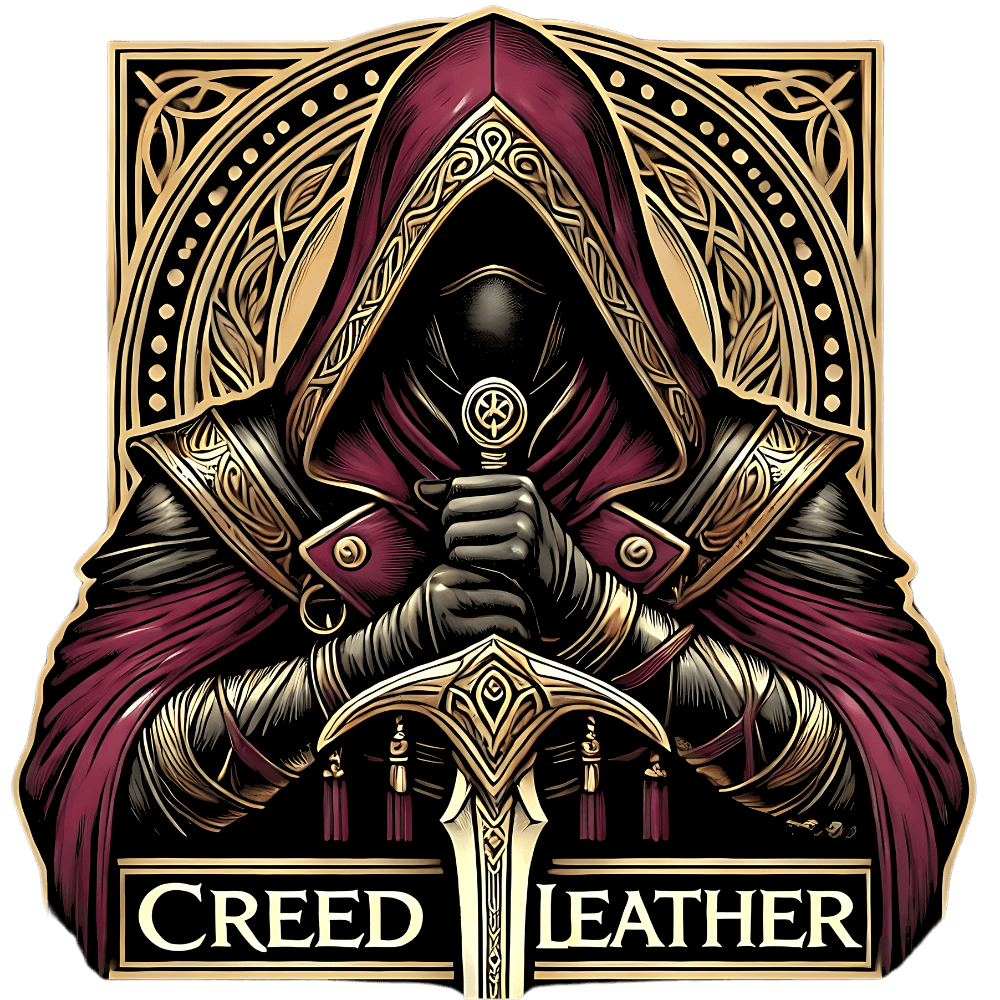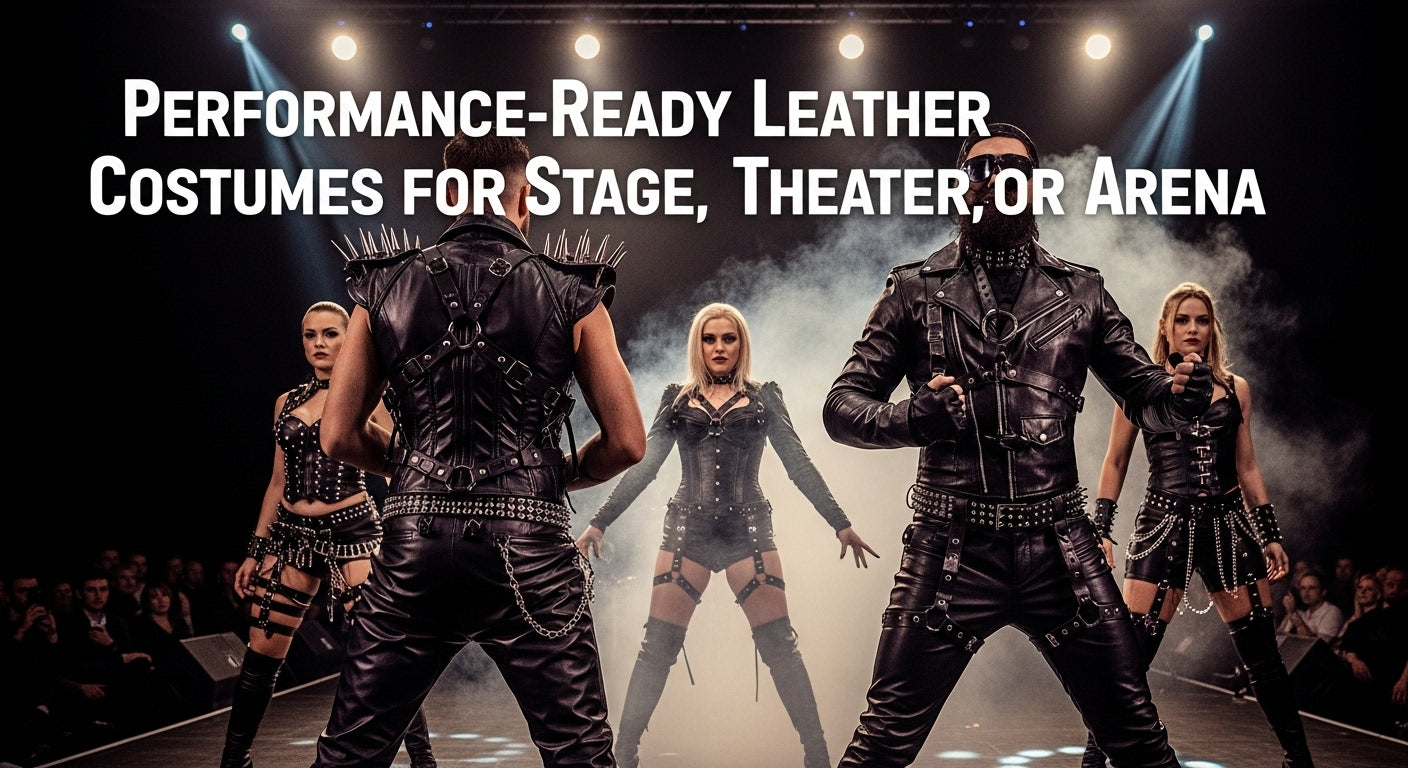How to Choose the Perfect Renaissance Fair Cosplay Costume

Renaissance Fairs are more than weekend festivals — they’re immersive historical experiences that blend art, culture, performance, and community. When you walk through the gates of a Renaissance Fair, you’re entering a world of knights, nobles, merchants, and artists inspired by the 14th–17th centuries.
At the heart of this transformation is your Renaissance Fair cosplay costume. Whether you wish to portray a gallant knight, a noble lady, a witty bard, or a mischievous fae, your outfit becomes your identity for the day. It’s how you express your creativity, embrace history, and participate in the shared fantasy of the fair.
This comprehensive guide will walk you through everything you need to know — from choosing your character and selecting fabrics to accessorizing, budgeting, and maintaining authenticity — so you can design the perfect Renaissance Fair cosplay costume with confidence and style.
1. Understanding the Essence of a Renaissance Fair Cosplay Costume
A Renaissance Fair cosplay costume isn’t just clothing; it’s storytelling through fabric. The Renaissance era was a time of artistic and cultural transformation, reflected in its diverse clothing styles.
Your costume should capture that spirit — whether through historical accuracy, creative reinterpretation, or fantasy-inspired flair. The key is balance: blending comfort, authenticity, and personal expression.
When planning your Renaissance Fair look, consider these three guiding principles:
-
Historical Inspiration: Research actual Renaissance attire to understand silhouettes, materials, and accessories.
-
Personal Creativity: Add modern touches or fantasy elements to make the costume uniquely yours.
-
Comfort & Practicality: You’ll spend hours walking, eating, and enjoying performances — your costume should enhance that experience, not hinder it.
2. Choosing Your Persona: Defining Your Character
Before selecting fabrics or colors, define the persona you want to embody. Every great Renaissance Fair cosplay costume begins with a character concept.
Ask yourself:
-
Do I want to portray a real historical figure or a fictional one?
-
Would I fit best among peasants, nobles, or mystical beings?
-
What’s my character’s story or purpose at the fair?
Popular Persona Options:
-
The Peasant or Villager: Simple, practical clothing made from natural fabrics. Earthy tones and loose-fitting garments are key.
-
The Noble or Aristocrat: Luxurious fabrics, rich colors, and elaborate designs. Think velvet gowns, embroidered doublets, and ornate jewelry.
-
The Knight or Soldier: Armor-inspired elements, leather bracers, and symbolic accessories that suggest bravery and loyalty.
-
The Pirate or Sailor: Linen shirts, sashes, tricorn hats, and boots. This persona blends adventure with historical charm.
-
The Merchant or Artisan: Layers of tunics and aprons, showcasing a world traveler’s flair. Perfect for creative personalities.
-
The Mystic or Fae: Flowing garments, celestial accessories, and ethereal fabrics — ideal for fantasy-themed fairs.
Your chosen persona will guide every decision that follows — from color selection to fabric texture and accessory design.
3. Researching the Fair: Theme, Setting, and Climate
Each Renaissance Fair has its own unique atmosphere, often influenced by a specific region or time period. Some fairs are strictly historical (Tudor or Elizabethan England), while others mix fantasy, folklore, and medieval elements.
Before you finalize your costume, research:
-
The Fair’s Theme: Check the official website or social media pages for the event’s yearly focus.
-
Weather Conditions: Outdoor fairs can vary from warm summer days to cool autumn evenings. Choose breathable fabrics for heat and layers for colder conditions.
-
Local Culture and Rules: Some fairs have costume contests or guidelines about prop weapons and dress codes.
A well-researched approach ensures your Renaissance Fair cosplay costume fits seamlessly within the event’s atmosphere and makes you feel part of the story.
4. Selecting Fabrics: Building a Foundation of Authenticity
Fabrics are the foundation of every costume. The right materials create texture, depth, and realism in your look.
Recommended Fabrics:
-
Linen: Lightweight and breathable — perfect for peasant or artisan characters.
-
Cotton: Versatile, easy to sew, and available in various colors and weaves.
-
Wool: Adds authenticity and warmth, especially for cloaks or outer layers.
-
Silk: Luxurious and ideal for nobles or courtiers.
-
Leather or Faux Leather: Adds durability and ruggedness for knights, pirates, or adventurers.
Avoid synthetic fabrics like polyester or nylon whenever possible. They trap heat, reflect light unnaturally, and break the illusion of period authenticity.
Color Symbolism:
Color choices communicate status and personality:
-
Earthy tones (brown, green, beige): Peasants, farmers, or travelers.
-
Rich hues (royal blue, burgundy, gold): Nobility and upper class.
-
Muted tones (gray, navy, tan): Scholars, monks, or merchants.
-
Vibrant accents: Add liveliness for entertainers or performers.
When in doubt, choose natural hues and textures that align with your persona’s lifestyle and status.
5. Constructing the Costume: Key Components
Every Renaissance Fair cosplay costume has several key components that define the look. Understanding these will help you assemble your outfit with both accuracy and creativity.
For Women:
-
Chemise: The undergarment layer that protects outer clothing. Usually white or cream.
-
Bodice or Corset: Shapes the torso and provides structure. Choose comfort and proper fit over tightness.
-
Skirt: Long, full skirts can be layered for volume or texture.
-
Overdress or Gown: Adds sophistication; can be simple or elaborate depending on social status.
-
Headwear: Flower crowns, veils, or hats complete the ensemble.
For Men:
-
Tunic or Shirt: Loose-fitting and comfortable; typically natural tones.
-
Doublet or Jerkin: A vest-like garment that adds structure.
-
Breeches or Pants: Worn with tall boots or simple shoes.
-
Cloak or Cape: Adds drama and practicality for cooler weather.
-
Accessories: Belts, pouches, and hats give character depth.
Unisex Accessories:
-
Leather belts with attached pouches.
-
Cloaks, scarves, and hoods for layering.
-
Jewelry like pendants, rings, or brooches for extra flair.
The goal is cohesion — each piece should feel like part of a complete story.
6. Accessories: The Art of Subtle Detail
Accessories elevate your Renaissance Fair cosplay costume from basic to breathtaking. They highlight craftsmanship and character.
Essential Accessories:
-
Belts & Pouches: Functional and decorative; perfect for carrying modern essentials discreetly.
-
Jewelry: Metal accents, gemstone rings, or handmade pendants add authenticity.
-
Headwear: From simple caps to elaborate crowns — headwear defines class and personality.
-
Footwear: Leather boots or simple flats. Avoid modern sneakers or heels.
-
Props: A mug, dagger, lute, or fan adds realism and conversation value.
Tip:
Choose accessories that enhance, not overwhelm. Every element should have purpose and personality.
7. Budgeting: Crafting a Costume Affordably
You don’t need a royal treasury to create an outstanding costume. A thoughtful, resourceful approach can produce results that rival professional designs.
Budget Tips:
-
Start with Thrift Stores: Vintage skirts, vests, and belts can be modified into Renaissance-style garments.
-
DIY Sewing Projects: Even beginners can craft simple tunics, chemises, or capes with online tutorials.
-
Repurpose Materials: Old curtains, bedsheets, or tablecloths can become dresses or cloaks with a few creative stitches.
-
Mix Old and New: Combine purchased accessories with handmade pieces for a unique blend.
Invest gradually — you can build your costume over several fairs, refining it each season.
8. Comfort and Practical Considerations
A stunning costume should also be comfortable. Renaissance Fairs often involve walking, sitting on the ground, eating outdoors, and participating in interactive experiences.
Checklist for Comfort:
-
Breathable layers: Prevent overheating.
-
Durable shoes: Comfortable enough for long wear.
-
Accessible design: Ensure restroom breaks and mobility are easy.
-
Secure accessories: Avoid fragile or heavy props that might break or cause discomfort.
Remember — confidence and comfort make your outfit truly shine.
9. Embodying Your Character
Wearing your costume is only half the experience — becoming your character brings it to life.
Tips to Embody Your Persona:
-
Create a simple backstory: your name, hometown, trade, or goal.
-
Adopt mannerisms or speech that fit the time period.
-
Use your accessories as part of your act — pour “ale” from your mug, show off your “merchant wares,” or recite a poem.
The more you immerse yourself, the more memorable your presence becomes.
10. Costume Etiquette and Faire Conduct
Every Renaissance Fair thrives on mutual respect between guests, performers, and vendors. A well-dressed participant follows basic etiquette that keeps the experience magical for everyone.
Renaissance Fair Etiquette:
-
Always ask before taking photos of others.
-
Handle props responsibly; weapons should be peace-tied.
-
Be courteous to vendors and performers.
-
Respect personal space — elaborate costumes can be delicate.
-
Stay hydrated and mindful of weather conditions.
Good manners enhance both your reputation and the collective atmosphere of the event.
11. Capturing the Moment: Photography and Presentation
A well-crafted Renaissance Fair cosplay costume deserves to be documented. With the right approach, your photos can reflect both authenticity and artistry.
Photography Tips:
-
Shoot in natural light, preferably during the golden hour.
-
Choose backgrounds that match your character — castles, forests, or market stalls.
-
Maintain good posture; confident stances reflect your character’s role.
-
Rename your image files with SEO-friendly names like “renaissance-fair-cosplay-costume-guide.jpg.”
Sharing your images on blogs or social media (with keywords and hashtags) can connect you with other enthusiasts and increase your online visibility.
12. Care and Maintenance: Keeping Your Costume Timeless
After each event, proper care extends the life of your costume.
Maintenance Tips:
-
Cleaning: Hand wash delicate fabrics; air dry to preserve color and texture.
-
Storage: Keep garments in breathable bags to prevent mildew.
-
Repairs: Fix minor tears or broken seams immediately.
-
Refresh: Add new elements each year — embroidery, trim, or accessories — to evolve your character’s look.
A well-maintained costume becomes a treasured artifact of your Renaissance adventures.
13. Advanced Tips for Experienced Cosplayers
For seasoned attendees looking to take their Renaissance Fair cosplay costume to the next level:
-
Study historical fashion references for accuracy.
-
Incorporate custom embroidery, lace, or metalwork.
-
Invest in bespoke leather or corsetry pieces.
-
Collaborate with local artisans for authenticity and uniqueness.
-
Document your process — sharing tutorials builds your reputation within the community.
A commitment to craftsmanship transforms your hobby into an art form.
14. Building a Community: The Spirit of the Renaissance Fair
Renaissance Fairs are built on camaraderie and creativity. Engaging with other cosplayers enhances your experience and fosters friendships.
Ways to Connect:
-
Join online groups or forums dedicated to Renaissance Fair costuming.
-
Participate in group photoshoots or theme weekends.
-
Share crafting tips and resources with newcomers.
-
Support artisans by purchasing handmade items or commissioning pieces.
The Renaissance spirit is about collaboration, expression, and shared joy — your costume is both a personal achievement and a contribution to that collective magic.
Renaissance Fair Outfits
Discover exclusive Renaissance Fair cosplay costumes at Creed Leather. From anime and medieval outfits to dark fantasy designs, each costume is crafted with unique detail and style you won’t find anywhere else. Step into action with premium, handcrafted Renaissance and fantasy costumes — only at Creed Leather.
Conclusion: Your Renaissance Transformation Awaits
Choosing the perfect Renaissance Fair cosplay costume is an adventure in itself — a blend of history, artistry, and imagination. From the first sketch of your character to the final ribbon tied before you step through the fair gates, every detail reflects your passion for creativity and authenticity.
Remember, your costume doesn’t need to be flawless or historically perfect. It should tell a story — your story. Whether you’re a noble, a knight, a bard, or a wanderer, what matters most is how confidently you bring that persona to life.
So, gather your fabrics, sharpen your creativity, and prepare to walk among legends. The faire’s trumpets are sounding — and your Renaissance journey is about to begin.



